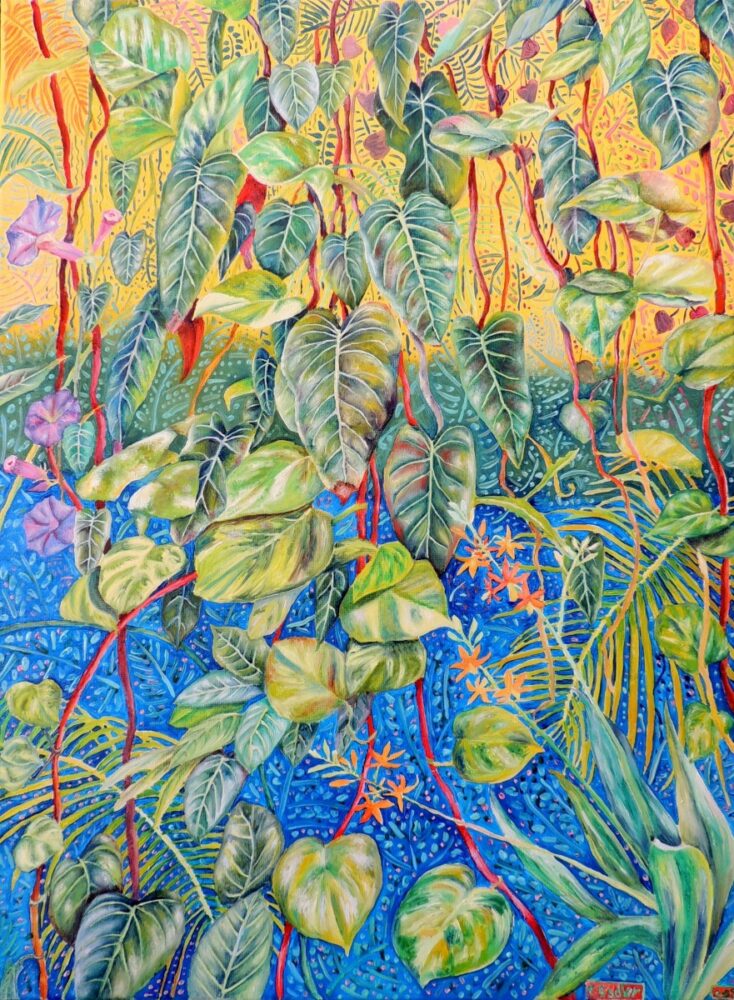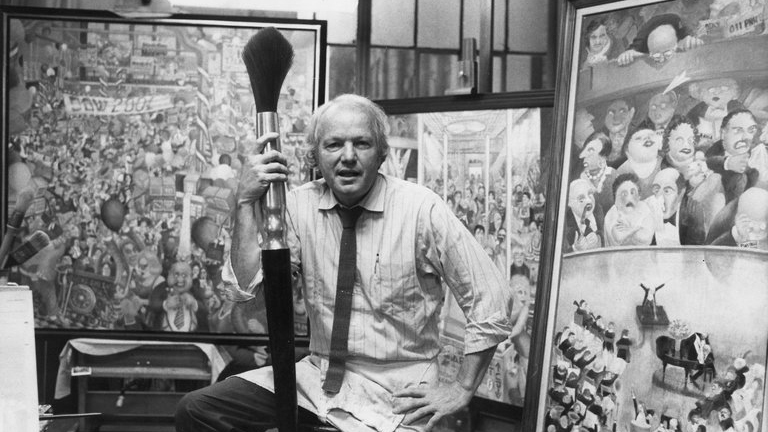Printmaking is the process of creating art through printing – it is not a reproduction but actually a highly original creative process. The history of printmaking is an interesting one and as technology has evolved so have the methods used to create artworks.
This relief print method was traditionally used in the far east.The artist will draw an image on wood before handing it to a specialist cutter where sharp tools are used to carve out the design. Finally, it is rubbed with ink before being pressed onto paper to make a mark. More colours can be added by printing over the top or using separate blocks. Many artists such as Ernst Ludwig Kirchner used this simple technique – his portrait of Otto Muller shows the complexity of designs that can be created with this method.
Both of these techniques were popular in Europe in the latter middle ages before its revival in the 19th and 20th centuries. The process required great skill to carve out lines onto a metal plate. After this, ink is applied before being cleaned off so that it only remains in the lines. When pushed onto paper, the ink is transferred which creates immensely detailed line drawings. The metal plates can be used several hundred times without wear. The intricate ‘Three Crosses’ by Rembrandt was created using the etching technique.
Invented in 1798 this is a much more modern printing technique, based on the chemical repulsion of oil and water. An image is drawn onto a porous surface, such as limestone, with a greasy medium. After sealing the rest of the surface, the non-greasy areas of the stone are wetted then oil ink is added with a roller. Water repels the oil ink so only the greasy areas hold the print, which is transferred to paper by pressing it over the top. This creates fine gradations in shading and captures small details brilliantly. M.C. Escher and Salvador Dali were proponents of this printing method.
These prints are created using a fabric stencil technique, using a squeegee, mesh fabric, frame and a stencil. Ink is pushed through the stencil against the surface of the paper with the squeegee, with fantastic results. It was initially used in China in the Song Dynasty but became mainstream in the early 20th century. It was in the 1960’s when pop artists like Andy Warhol and Roy Lichtenstein popularised this process.
Printing as an art-form has developed and adapted to new methods. These are just some of the many methods of printmaking and as digital technology develops more methods will be used. It will continue to be an important medium in the art world because of the quality it creates.
Will you consider buying print art? Let us know on our social media pages.







